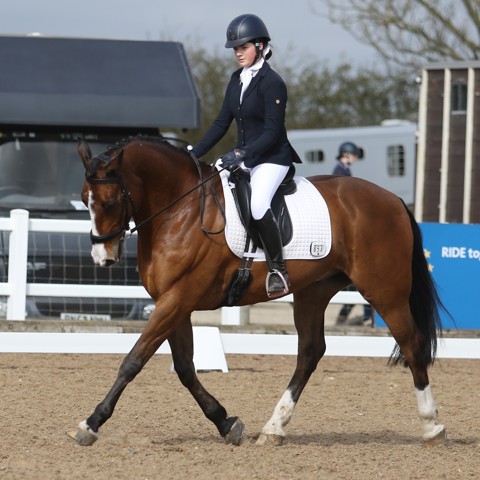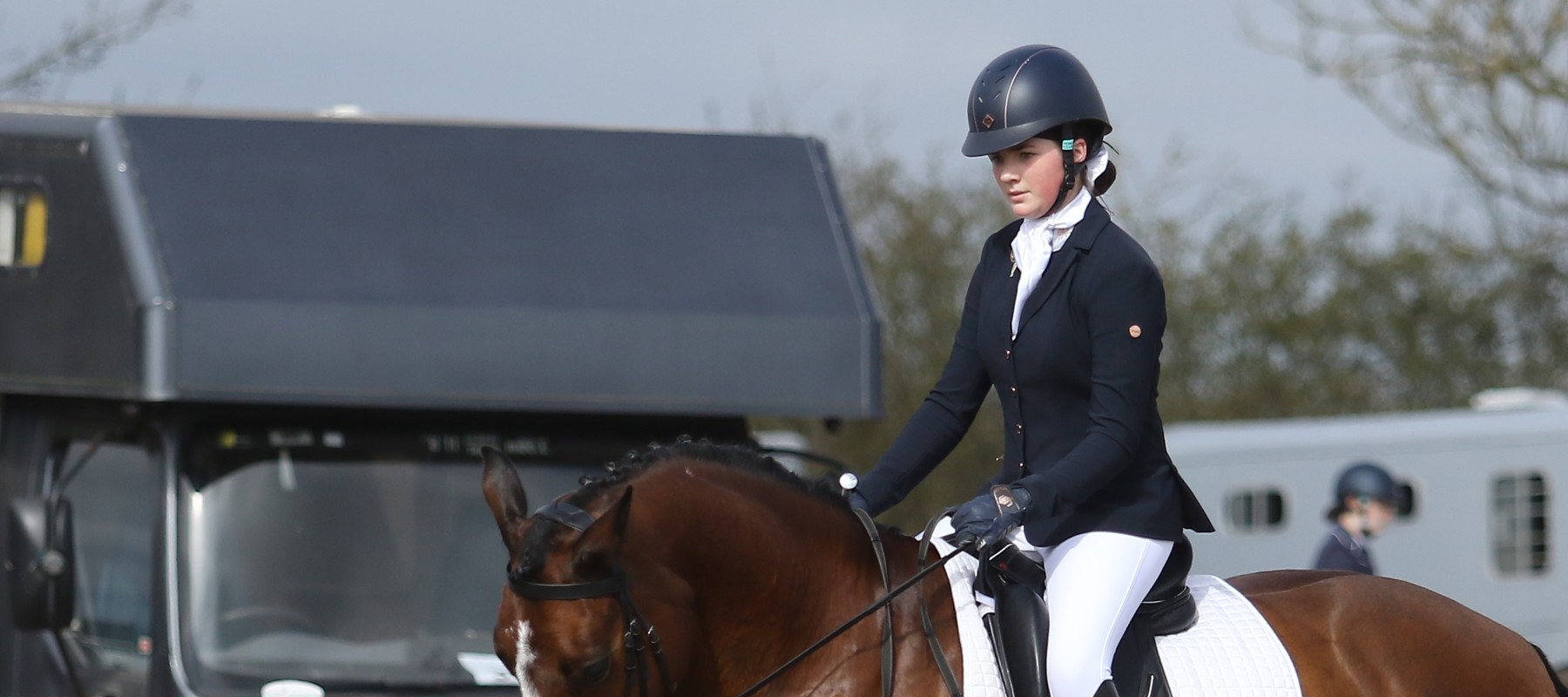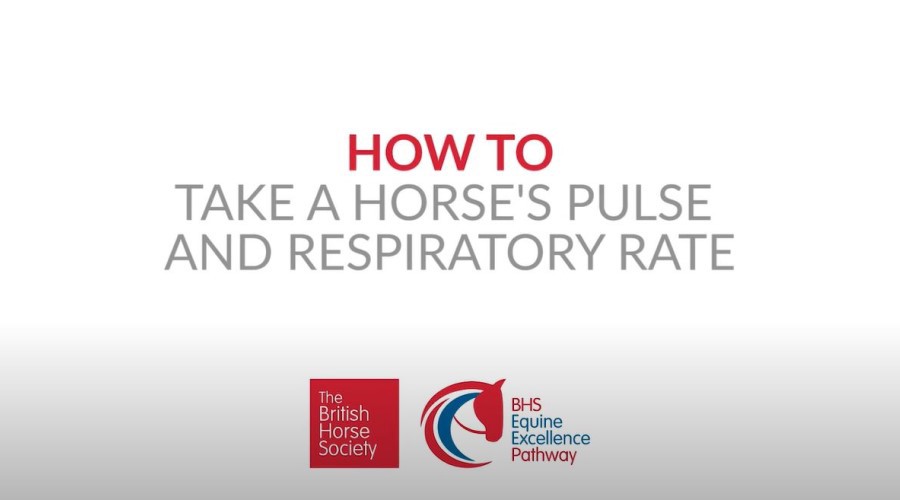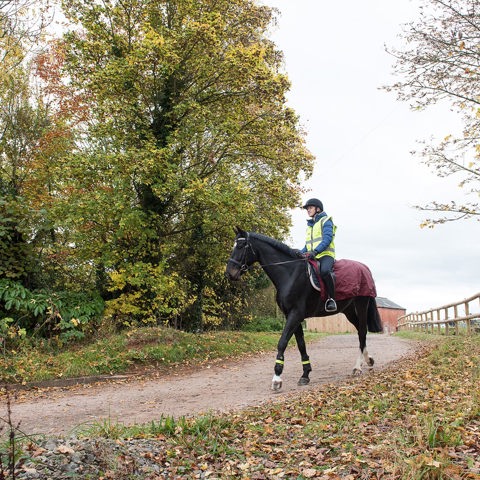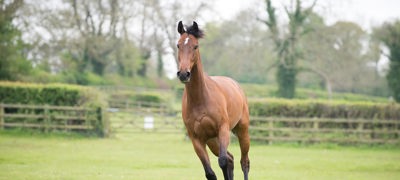Why is it important to follow a fitness programme?
- Aims and goals: A fitness programme provides direction by allowing you to set specific aims and goals
- Tailored exercise: It offers a framework to customise exercises based on your horse’s ability and current fitness level
- Gradual progression: Having a timescale ensures gradual performance improvement
- Injury prevention: Following a structured programme can help prevent injuries.
Considerations when creating a fitness programme:
Fitness level:
chevron-down
chevron-up
- Assess your horse’s current fitness level and consider your own rider fitness
- Plan for easier days, or a few days off altogether, as recovery time for both you and your horse.
Previous condition:
chevron-down
chevron-up
If your horse is returning to work after time off, assess their condition before and during their time off.
- Were they sound during their break?
- Are they recovering from an injury?
- How fit were they before their break?
Current condition:
chevron-down
chevron-up
- If your horse is carrying excess weight, this can place extra strain on their joints, tendons, muscles and cardiovascular system, and you must keep this in mind when making changes to their workload
- Fat score your horse before beginning a fitness programme and then monitor them twice a week.
Age and Experience:
chevron-down
chevron-up
- Putting young joints, bones and muscles under excessive stress and strain too soon can lead to debilitating problems later in life
- Consider how established and developed young horses are in their work and plan exercise appropriately.
Time out of work:
chevron-down
chevron-up
- The longer your horse has been out of work, the longer it will take to bring them back to the desired level of fitness.
Setbacks
chevron-down
chevron-up
- Be prepared for setbacks to your programme plan. These could range from extreme weather to your horse losing a shoe.

